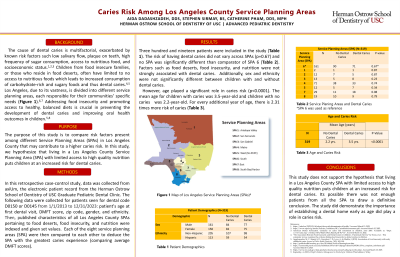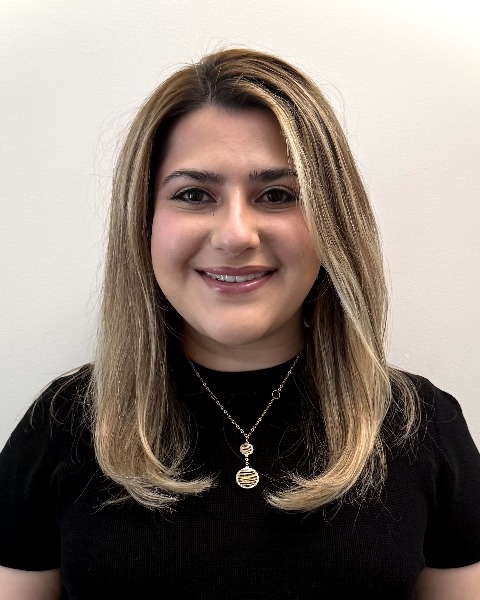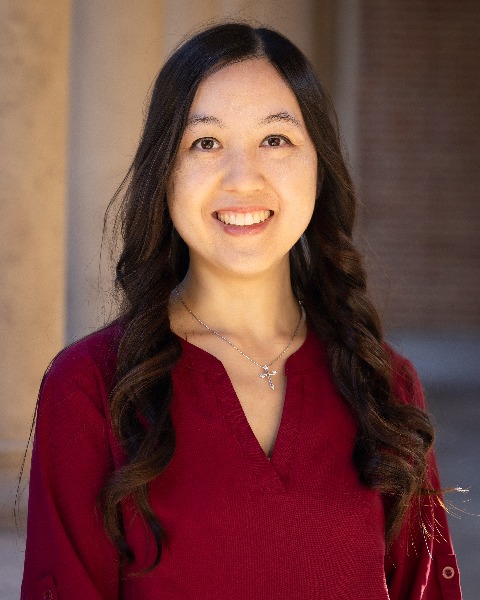Caries
230 - Caries Risk Among Los Angeles County Service Planning Areas


Aida Dadashzadeh, DDS (she/her/hers)
Resident
University of Southern California
University of Southern California
Anaheim, California, United States
Catherine M. Pham, DDS, MPH
Assistant Professor of Clinical Dentistry
University of Southern California
Herman Ostrow School of Dentistry of USC
Los Angeles, California, United States- AA
Alexander Alcaraz, DMD
Program Director
Herman Ostrow School of Dentistry
Los Angeles, California, United States
Presenting Author(s)
Research Mentor(s)
Program Director(s)
Purpose: The purpose of this study is to compare risk factors present among different Service
Planning Areas (SPAs) in Los Angeles County that may contribute to a higher caries risk.
Methods: Data (the patient’s age at first dental visit, DMFT score, zip code, gender, and ethnicity) will be collected from axiUm, the electronic patient record from the Herman Ostrow School of Dentistry of USC Graduate Pediatric Dental Clinic, for patients seen for dental code D0150 or D0145 from 1/1/2013 to 12/31/2023. P</span>ublished characteristics of all Los Angeles County SPAs pertaining to food deserts, food insecurity, and nutrition will be indexed and given set values. Each of the eight (8) service planning areas will be compared to each other to deduce the SPA with the greatest caries experience (comparing average DMFT scores).
Results: For demographics, sex, and ethnicity were not significantly different between children with and without caries (p=0.95 and 0.99 respectively). However, there was a differential in age between children with and without caries (p < 0.0001). For one unit increase in age, it is expected 2.31 times more likely children to have cavity (95%CI: 1.87 to 2.86). The risk of having caries did not vary across SPAs (p=0.67). Food desert, food insecurity, nutrition, and total index value were not significantly associated with cavity (all p >0.05).
Conclusion: Age at first dental visit was the only significant factor associated with cavities in children, with older children being more likely to have cavities.
Identify Supporting Agency and Grant Number:

.jpg)